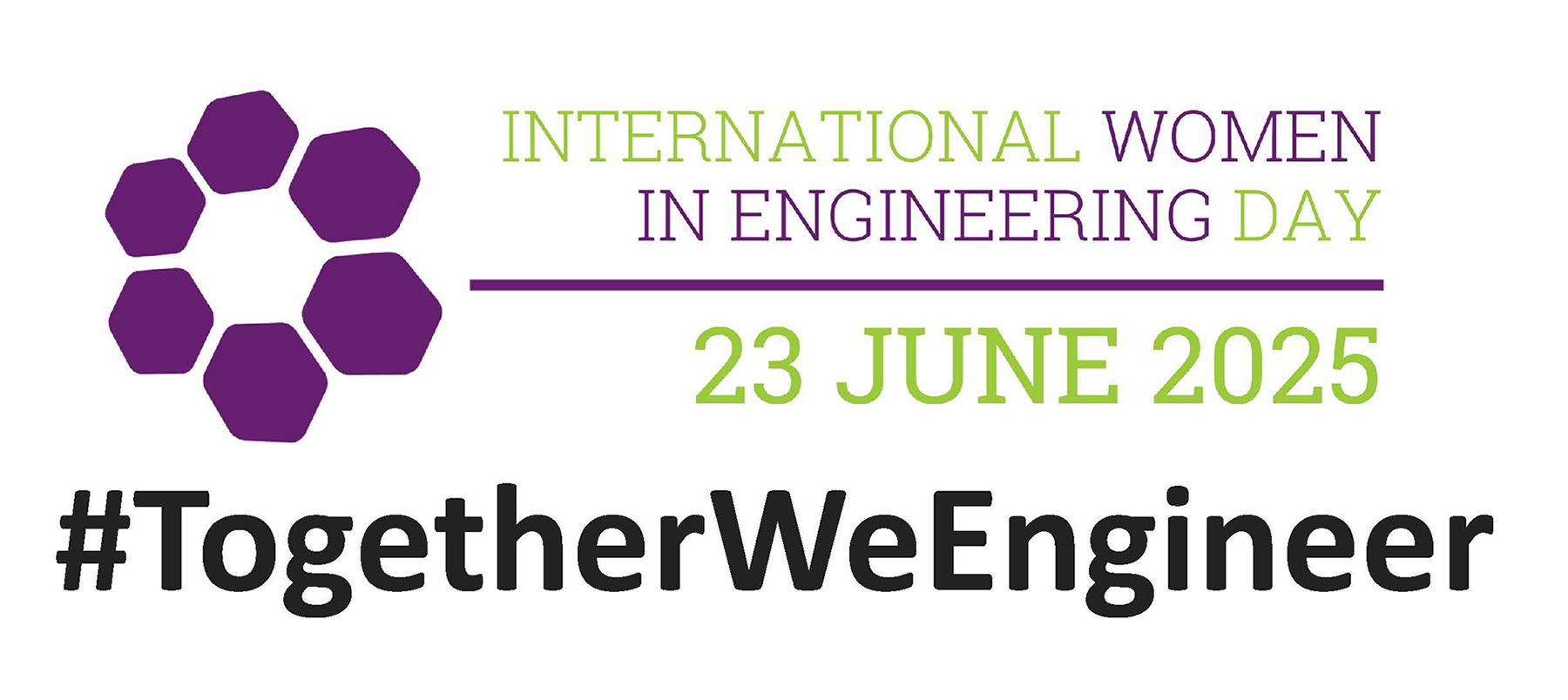How SMRs Fit Into the Renewable Energy Landscape
Related Blogs
News
Posted 20.11.24

As the world fights climate change and moves towards sustainable energy, small modular reactors (SMRs) are emerging as a major innovation. But how do SMRs fit into the renewable energy landscape? These compact nuclear power plants are designed to work alongside renewable energy sources like solar, wind, and energy storage systems. Together, they offer a cleaner, more reliable energy future.
But while SMRs hold great potential, their success relies on skilled professionals to design, build, and operate them. Recruitment specialists play a crucial role in building the workforce that will drive this transformation.
What Are SMRs and Why Are They Important?
SMRs are smaller, flexible nuclear reactors that can be built and deployed quickly. Unlike traditional nuclear reactors, they are cost-effective, modular, and safe. SMRs address some of the biggest challenges of renewable energy, such as reliability and intermittent energy supply, making them an essential part of the clean energy puzzle.
The Talent Challenge: Building the SMR Workforce
To realise the potential of SMRs, the industry needs skilled professionals from across engineering, technology, and energy management. Recruitment specialists are essential in addressing key challenges, such as:
- Finding Niche Skills: SMRs need a mix of skills from nuclear energy, renewables, and manufacturing. Recruitment experts identify and attract candidates with this specialist knowledge.
- Driving Innovation: SMRs are a new and growing field. Recruitment teams secure innovators and experts to keep pushing technological boundaries.
- Closing Skills Gaps: As the energy industry evolves, upskilling and reskilling workers is vital. Recruitment specialists help businesses find talent ready to grow and adapt.
Challenges with Renewable Energy Systems
Renewable energy sources like solar and wind are vital for cutting carbon emissions, but they have their limits. For example solar power only works during daylight hours, and wind power depends on weather conditions. Energy storage systems, like batteries, are advancing but can’t yet store enough power for long periods. Also energy supply can be inconsistent, which puts pressure on grids and risks blackouts. SMRs are perfectly placed to help solve these issues and work alongside renewable energy.
- Solar and wind energy depend on weather, but energy demand stays constant. SMRs provide a steady supply of electricity, balancing the grid when renewables aren’t generating enough power.
- Fluctuations in renewable energy can disrupt the grid. SMRs stabilise it with a constant flow of energy, helping to prevent blackouts.
- In winter, solar power is less effective. SMRs fill these seasonal energy gaps, reducing the need to rely on fossil fuels.
Building and managing these hybrid systems requires skilled talent, from engineers and technicians to project managers and grid specialists.
SMRs and Energy Storage Systems
Energy storage, like batteries, is key to storing excess renewable energy. However, SMRs can further improve energy use and reduce costs. Batteries are good for short-term energy storage, but SMRs provide reliable energy for longer periods, reducing the need for huge battery banks. SMRs can create hydrogen during periods of low energy demand. This hydrogen can later be used for power or as a clean fuel source.
By providing consistent energy, SMRs reduce reliance on expensive large-scale storage systems.
Integrating SMRs with renewables and storage systems requires teams of skilled professionals with knowledge of multiple technologies.
The Role of Recruitment in SMR Growth
The SMR sector is growing rapidly, and recruitment specialists are key to meeting the demand for skilled workers. Here’s how recruitment adds value:
- SMRs are modular and designed for fast deployment. Recruitment specialists can help scale teams quickly, ensuring projects are staffed efficiently to meet deadlines.
- A diverse workforce drives innovation. Recruitment partners focus on building inclusive teams with a variety of skills and backgrounds.
- The energy transition is a long-term goal. Recruitment specialists help businesses build sustainable talent pipelines that will evolve with the industry.
Benefits of Combining SMRs with Renewables
When SMRs work alongside renewables like solar, wind, and energy storage, the benefits are significant:
- Carbon Reduction: Together, they create nearly zero-carbon energy systems.
- Energy Security: Diversifying energy sources ensures a reliable supply.
- Scalability: SMRs can grow alongside renewable energy capacity.
- Resilience: A mix of energy sources ensures systems are more stable and less vulnerable to disruptions.
Around the world, SMRs are being integrated into renewable energy systems:
- In Canada, SMRs are being used with hydroelectric power to create hybrid systems.
- In the United States, projects like NuScale are combining SMRs with solar power.
- In Europe SMRs are being included in plans to decarbonise alongside wind energy.
This collaboration isn’t just about technology; it’s about people. Achieving global energy goals requires skilled professionals at every level. Recruitment specialists ensure businesses have the talent they need to innovate, adapt, and succeed.
SMRs, Renewables, and the People Behind the Change
SMRs have the power to revolutionise the energy industry. By addressing the limits of solar, wind, and storage systems, they make energy more reliable and sustainable. But behind every technological advance are skilled people making it happen. Recruitment specialists play a vital role in connecting organisations with the talent they need to drive the energy transition.
As SMRs and renewables work together to create a cleaner future, the need for skilled, innovative professionals will only grow. With the right workforce, the energy industry can achieve its bold goals for a carbon-neutral future.






